 In order for bushes of a thermophilic plant to please the eye with luxurious flowers, you need to know how to cover roses for the winter in Siberia. The creation of optimal conditions for wintering is one of the basic requirements of agricultural technology for growing fragrant shrubs in the harsh conditions of the northern regions of Russia. Features of the climate affect the quality of the stem, because of the short vegetative period, too much moisture accumulates in it. Because of this, shoots become loose, vulnerable not only to extremely low temperatures, but also to dampness.
In order for bushes of a thermophilic plant to please the eye with luxurious flowers, you need to know how to cover roses for the winter in Siberia. The creation of optimal conditions for wintering is one of the basic requirements of agricultural technology for growing fragrant shrubs in the harsh conditions of the northern regions of Russia. Features of the climate affect the quality of the stem, because of the short vegetative period, too much moisture accumulates in it. Because of this, shoots become loose, vulnerable not only to extremely low temperatures, but also to dampness.
Content
Winter preparations
The mistake of beginning gardeners is in a hurry - fearing an early frost, the owners of personal plots rush to cover an unprepared bush. In Siberia, like in the middle zone of Russia, and in outskirts of Moscow, it is necessary to cover roses for the winter after conditions are created in early August that make the plant slow down the vegetation. To do this:
- Stop watering and loosening the soil around the rose bush.
- Do not feed the plant with nitrogen fertilizers.
- Trim all flowers, leaving a few inflorescences to form fruits. This process is a signal for the plant - it is time to stockpile for the winter.
- Soak the bush for a week at a temperature of minus 2-3 degrees. Such a procedure will cause the wood of the stems to condense and grow a denser bark.
If preliminary preparation is not carried out, the kidneys will be shaved under the coating and the bush will die regardless of temperature conditions.
Read also:
- What house flowers bring happiness and prosperity to the house?
- How to sow petunia for seedlings in 2017?
Video:
Common methods of sheltering shrubs
It is important to choose the right insulation, creating conditions for a comfortable wintering. The following materials cannot be used as such:
- moss;
- dry grass and leaves;
- rye or wheat straw;
- old sawdust of deciduous trees: alder, poplar, birch;
- horse or cow dung.
The exact timing of the shelter must be selected empirically, focusing on the peculiarities of local climatic conditions and lowering the temperature to minus 5-7 degrees. Choose for this should be a cloudy, dry day, preferably the second half.
Covering material
Spanbond or lutrasil is usually used for these purposes. There is no fundamental difference between the two, for example, the tricks of marketers who want to draw gardeners' attention to the product. They have the same technical specifications, the difference, perhaps only in price. Lutrasil has several varieties, the most dense of them is suitable for warming roses.

The process of sheltering roses for the winter with a non-woven covering material is as follows:
- On all types of roses, it is necessary to cut off leaves and unhealthy shoots. It is to cut, and not cut off, so that the bark of the stem remains intact.
- Above the standard varieties, it is necessary to establish a frame base - small arches made of wire or plastic. Cover the structure with lutrasil, fix the edges of the canvas around the perimeter in any convenient way.
- Climbing and semi-climbing varieties clear of diseased branches. Pour dry, rotted compost mixed with sand in equal amounts on the base of the bush at the root. You can use ordinary ground, roasted in the oven and cooled.
- Lay the whips on a substrate of fir spruce or oak leaf (the essential oils in such a “mattress” will prevent mold from forming on the soil and keep the sleeping kidneys of the plant from aging).
- Fasten the prepared branches with bent wire, wooden flyers or special studs on the substrate.
- Set the frame base over the bush along the entire length, placing the arches at the same distance from each other.
- Pull lutrasil onto the structure and fasten its edges.
If a very strong drop in temperature is expected in Siberia, it is better to secure such shelters with a large number of oak leaves or fir branches.
As soon as the snow falls, you should occasionally throw on the structure an additional layer of "white coat".
As soon as the positive temperature stabilizes, the roses can be released from the warm captivity, gradually removing the spruce branches and leaves, then opening the spanbond or lutrasil for a while from the shaded side. It is best to carry out a similar operation in dry, cloudy weather so that dehydrated and weakened shoots are not affected by sunlight. A mound from the earth needs to be raked only after complete thawing of the soil.
Remove dried branches from the shrub, spray the roses with a 3% solution of Bordeaux fluid to disinfect the soil and stems from possible infections. Here, you should clear the soil around the plant from excess debris - spruce branches, grass or dried leaves.
Sawdust

After preparing the plant for wintering, it is necessary to sprinkle the base of the bushes with earth. The height of such mounds should not exceed 10 cm for low-growing varieties and 40 cm for varieties with high shoots. Further work should be continued in the following order:
- Cut diseased branches and leaves with garden shears.
- Large bushes of climbing varieties are tied in one bundle with wide fabric strips in several places. You can not use a rope or wire for these purposes - such material easily injures the bark and can lead to the death of the plant.
- Lay the resulting sheaf of pink shoots on the ground, previously covering it with roofing material or dense polyethylene.
- Cover everything with spruce branches or oak foliage, cover with pine sawdust for 30-40 centimeters.
- Cover the entire structure with a film or roofing material and fix it as best as possible at the edges. In the photo showing the process of sheltering a rose for the winter in Siberia, the whole structure that protects the plant from the most severe frosts is clearly visible.
- As soon as the sun becomes bright and the snow begins to melt, its remains should be removed from the shelter. Remove the film or roofing material from the bush and pierce a mound of sawdust and spruce branches with a thick rod in several places. This is necessary so that air can flow to the shoots and roots. At night, the film must be returned to its place.
- When the positive temperature is stabilized, the insulation should be removed from the surface of the structure so that the spruce branches slightly obscure the rose stems. This will save them from sunburn. Gradually, when the shrub gets stronger, the shading can be removed completely.
Shelter from shields

If possible, if materials and the space around the shrubs allow, you can create a solid "roof" for the heat-loving beauty from wooden shields, putting them in a house and knocking each other down for strength. In this case, the gardener kills two birds with one stone:
- creates reliable protection against harsh winters;
- solves the problem of how to cover roses for the winter in Siberia, if they are wet.
The weather does not take into account human needs - heavy rains in late summer and early autumn in Siberia can be replaced by frost, destroying all the gardener's plans for warming rose bushes. To prevent this from happening, you need to prepare:
- Cut leaves and diseased branches, if necessary, shorten the stems to the desired length - its size depends on the variety.
- Pour dry earth or dry coniferous sawdust onto the base of the bush.
- Put a shield house over the roses so that its ends protrude 10-20 cm beyond the basal area.
- At the bottom of the shields, dig out the bypass grooves to drain the water.
- Cover the boards with waterproof material, securing it to the boards with brackets or small studs.
- Leave the ends of the structure open - the draft will not allow the soil to damp under the bush.
- Dry sawdust can be used as an absorbent, sprinkling them with a thick layer under cover and replacing as wet.
- As soon as the bush dries and the soil under the roses becomes almost dry, you can cover the sides of the structure with shields and cover with a suitable insulation.
In the spring, after the snow melts, it remains only to remove the insulating material and leave the shields on one side, opening up access to the plant of fresh air and indirect sunlight.
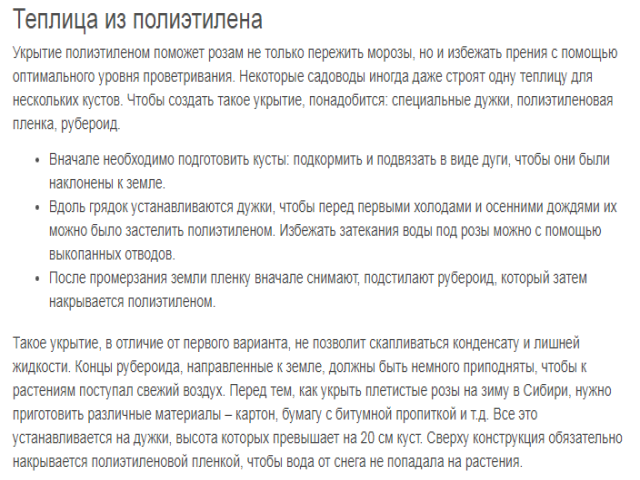
We must not forget that winter trials in Siberia are well tolerated only by healthy roses, saturated with nutrients. Therefore, agrotechnical requirements for the care of roses and their shelter in harsh climatic conditions must be strictly observed.
The variety of prickly beauty also matters - it is necessary to choose her variety for your own summer house, taking into account the breeding characteristics of one or another variety.

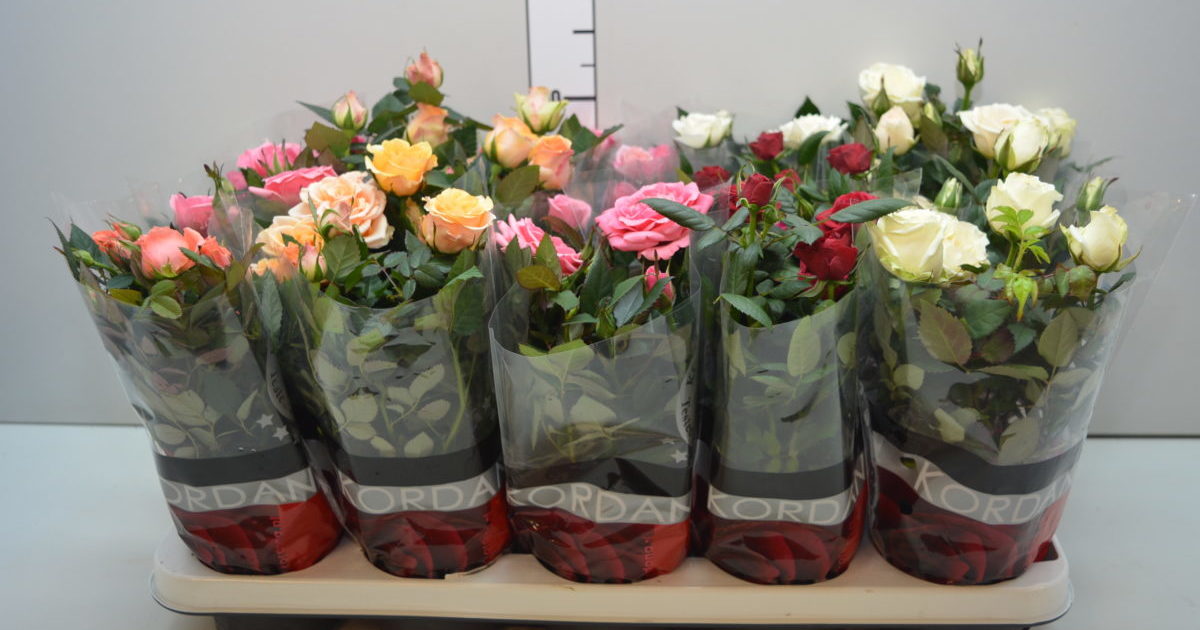
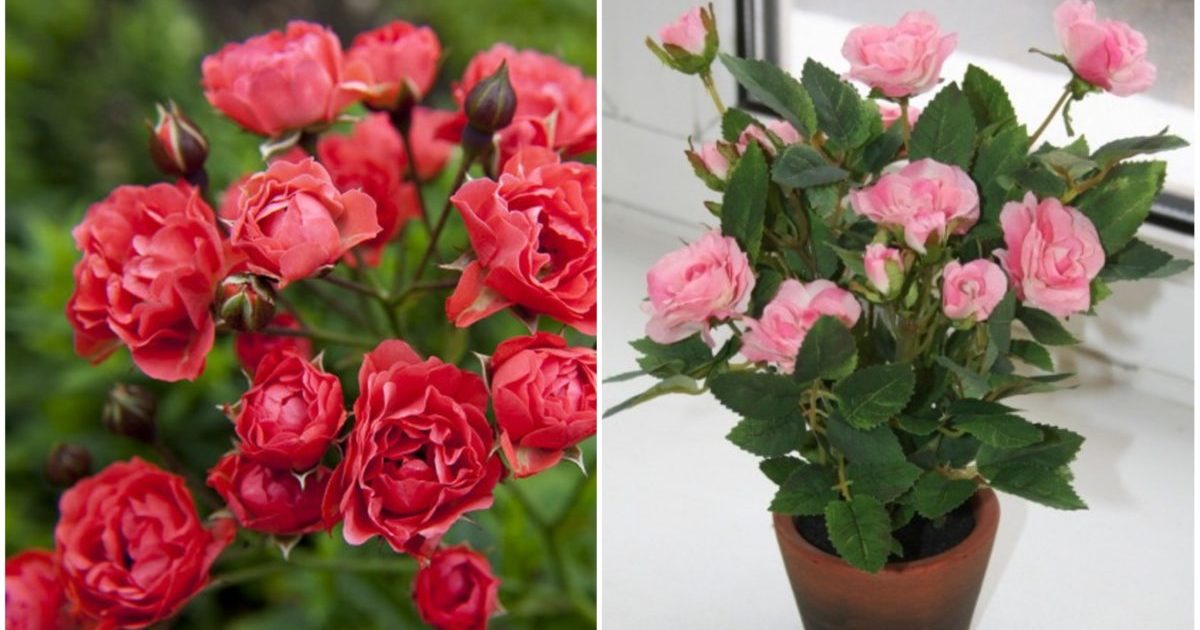
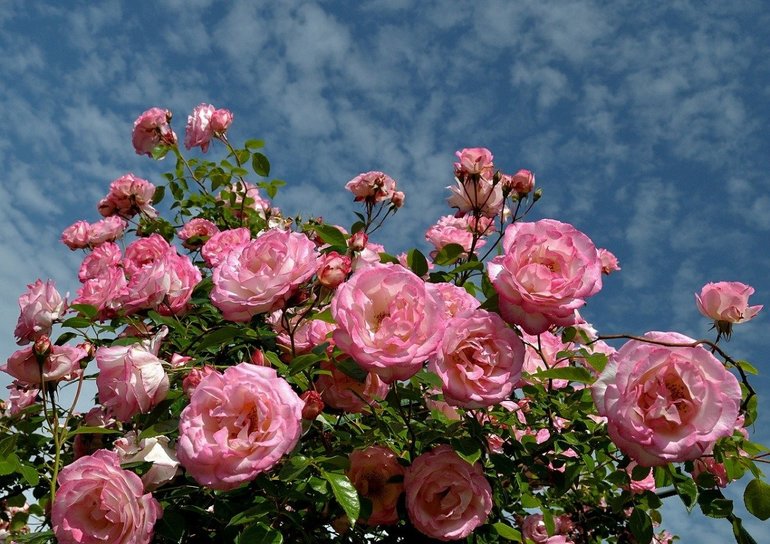
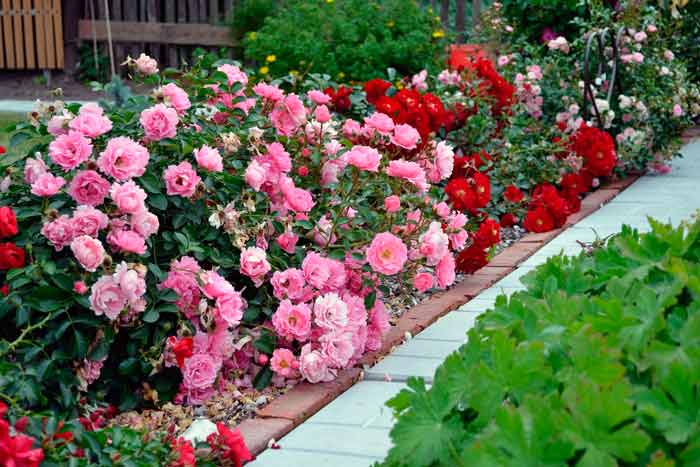 Shelter of roses for the winter: at what temperature does the robot hold
Shelter of roses for the winter: at what temperature does the robot hold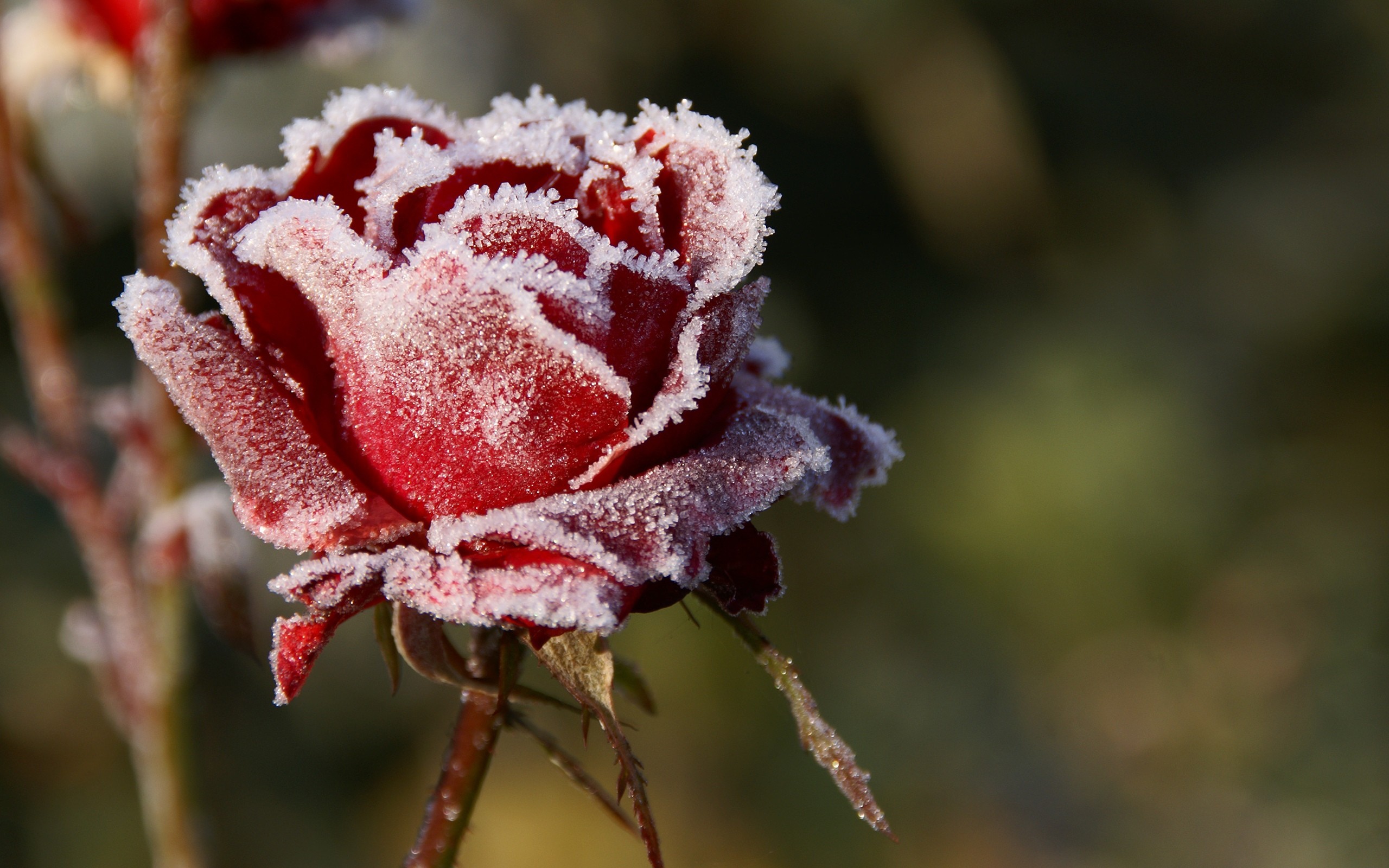 How to prune roses in the fall: timing, pruning rules, pros and cons
How to prune roses in the fall: timing, pruning rules, pros and cons What are the varieties and types of roses
What are the varieties and types of roses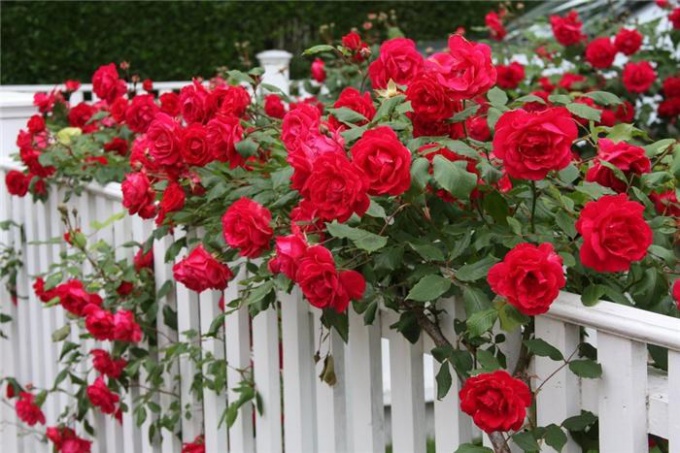 How to process roses with iron sulfate in autumn: proportions, advantages and disadvantages
How to process roses with iron sulfate in autumn: proportions, advantages and disadvantages
Thank you very much!!!